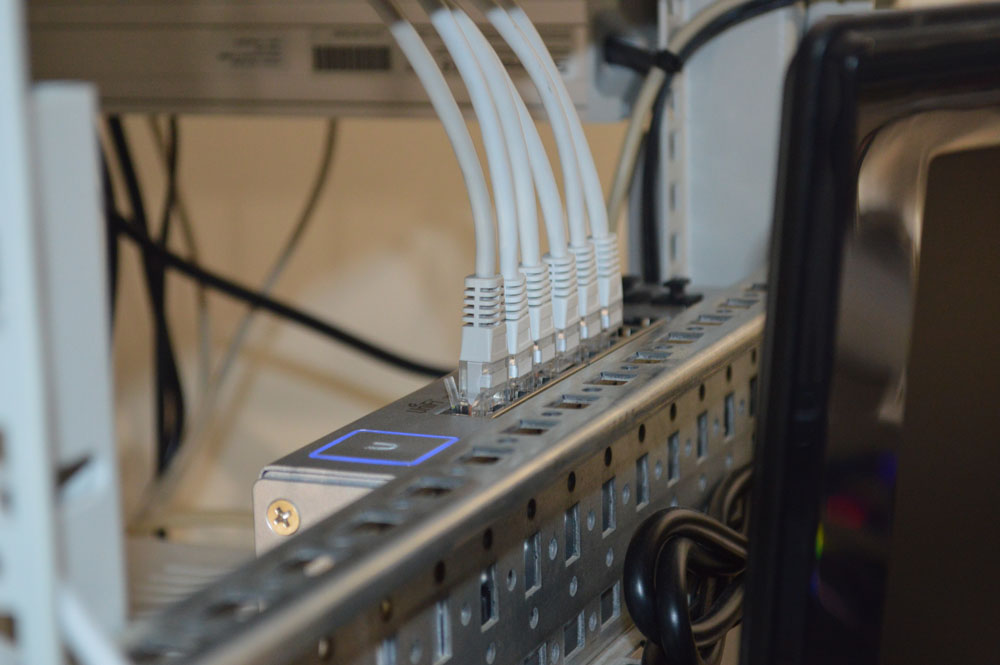
Access to fast, dependable, and affordable high-speed Internet is essential, regardless of where you live.
On 22nd march, the Decent Gudie Hutchings, Pastor of Provincial Financial Turn of events, investigated the Public authority of Canada’s advancement toward its objective of associating all Canadians to high velocity Web. The Pastor likewise featured the High velocity Web Access Dashboard — a helpful internet based instrument that is refreshed quarterly and permits Canadians to find data on network progress by region and domain.
The Government of Canada is on track to surpass its goal of providing high-speed Internet access to 98% of Canadian households by 2026 and 100% by 2030 thanks to the Universal Broadband Fund (UBF) and other investments made by the federal and provincial governments. High-speed Internet is now available to 93.5 percent of Canadian households, up from 79% in 2014. The public authority accomplished the objective of conveying fast Web to 90% of Canadians by 2021. Due to significant investments made by the federal government, provinces and territories, municipalities, Indigenous communities, and large and small Internet service providers from coast to coast, approximately 2.2 million more homes in Canada now have access to high-speed Internet.
Since the send off of the UBF in November 2020, a greater number of than 260 undertakings and six government commonplace financing arrangements have been declared. Over 29,000 Indigenous households, in addition to the over 950,000 other households, will benefit from these investments, which will assist in providing affordable and dependable high-speed Internet.
The government has announced new projects this year that will connect more than 36,000 homes in Newfoundland and Labrador, more than 16,000 homes in Ontario, and more than 5,000 homes in Saskatchewan. Additional projects are on the horizon. Data connected with explicit ventures is posted online as the activities are reported.
Co-funding partnerships for success
The Government of Canada formed co-funding partnerships with Quebec, Ontario, Newfoundland and Labrador, Alberta, British Columbia, and Prince Edward Island to accelerate the achievement of connectivity goals. With nearly $2 billion in provincial co-funding secured, these partnerships enable UBF funding to connect more households.
The government is also working to improve mobile connectivity as part of the UBF, allocating up to $50 million for mobile projects that primarily benefit Indigenous communities. Through the UBF, the federal government and the government of British Columbia will work together to make the Highway of Tears in B.C. safer for everyone who uses it, especially Indigenous women and girls. In 2023, the government anticipates making additional announcements regarding mobile connectivity.
Closing the gap:
Since 2015, the federal government has provided $7.6 billion for expanding Canada’s connectivity. To ensure that all Canadians, regardless of where they live, have access to high-speed Internet as soon as possible, the Canadian government will continue to exert considerable effort to surpass its goals.
